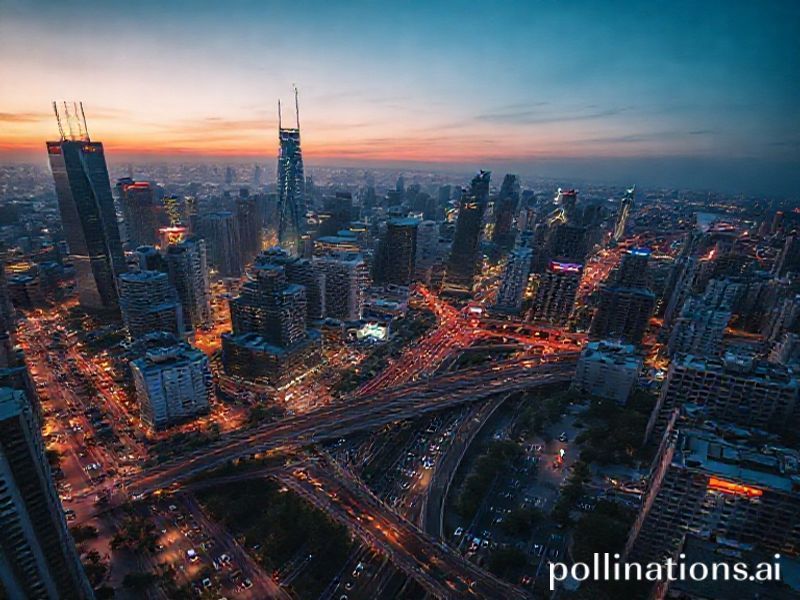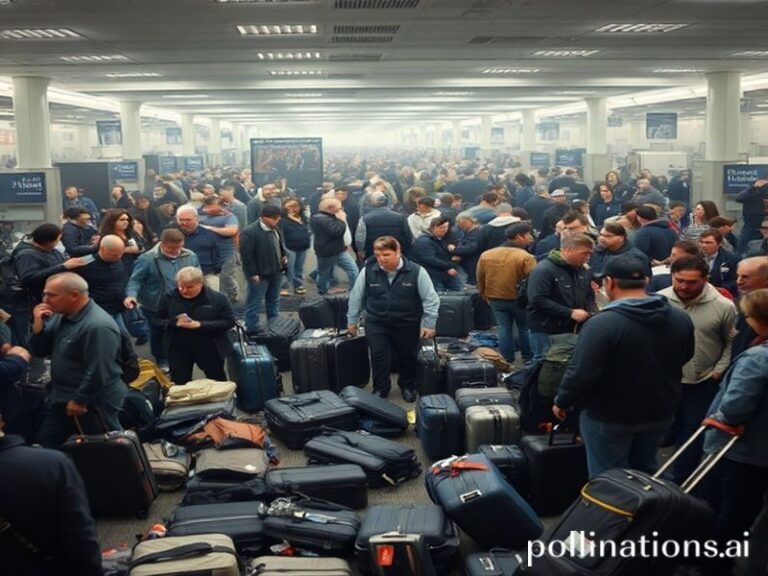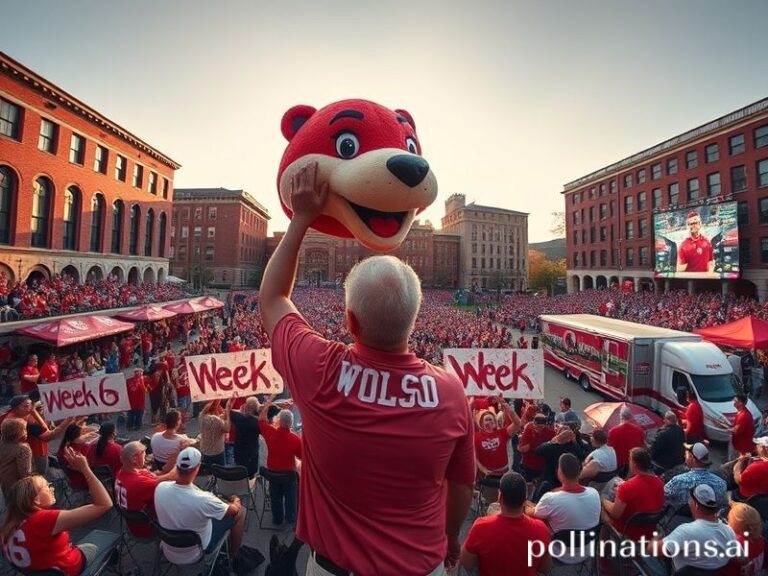Skyline Fever: Why the World Can’t Stop Staring at City Skylines
**City Skylines: The Urban Canvas of Our Collective Dreams**
In the vast digital landscape of 2023, one trend has been reaching for the skies—literally. Cities skylines, those iconic, towering silhouettes that punctuate our urban horizons, have become the unexpected stars of internet culture. From TikTok tours to Instagram aesthetics, and even heated debates about the world’s most impressive cityscapes, skylines are having a moment. But why? Let’s dive in.
**The Cultural Context: From Postcards to Pixels**
Skylines have always been cultural symbols. They’re the shorthand for cities, the instant recognition of a place’s identity. Think of the Eiffel Tower, the Statue of Liberty, or the Petronas Towers. These structures are more than just buildings; they’re emblems of human achievement, cultural pride, and sometimes, a bit of one-upmanship.
In the digital age, skylines have transitioned from postcards to pixels. They’re the backdrop of our virtual lives, the setting for our digital stories. Platforms like Instagram and TikTok have turned skylines into a visual language, a way to communicate not just a place, but a vibe, an experience, a lifestyle.
**The Social Impact: More Than Just Pretty Pictures**
But it’s not just about aesthetics. Skylines have become a lens through which we examine our world. They’re a barometer of economic growth, a testament to architectural innovation, and a canvas for political and social commentary.
Take, for example, the trend of “skyline chases.” Photographers and enthusiasts chase the perfect shot of a city’s skyline, often at sunset or during special events. This isn’t just about capturing a pretty picture; it’s about documenting the city’s pulse, its rhythm, its constant evolution.
Moreover, skylines have become a point of pride and sometimes, contention. Cities compete to have the tallest, the most unique, the most sustainable skyline. This competition drives innovation but also raises questions about urban planning, sustainability, and the human cost of reaching for the skies.
**Why It’s Significant: The Skyline as a Mirror**
The global trend of skyline obsession is significant because it reflects our collective aspirations and anxieties. It’s a mirror held up to our society, showing us what we value, what we strive for, and what we’re willing to sacrifice.
In a world that’s increasingly urban, skylines are more than just pretty backdrops. They’re a symbol of our shared human experience, a testament to our ability to shape the world around us. They’re a reminder that we’re not just inhabitants of this planet; we’re its architects.
So, the next time you see a skyline, whether it’s in a meme, a TikTok, or out your window, take a moment to appreciate it. It’s not just a collection of buildings; it’s a story, a dream, a piece of our collective consciousness reaching for the skies.







